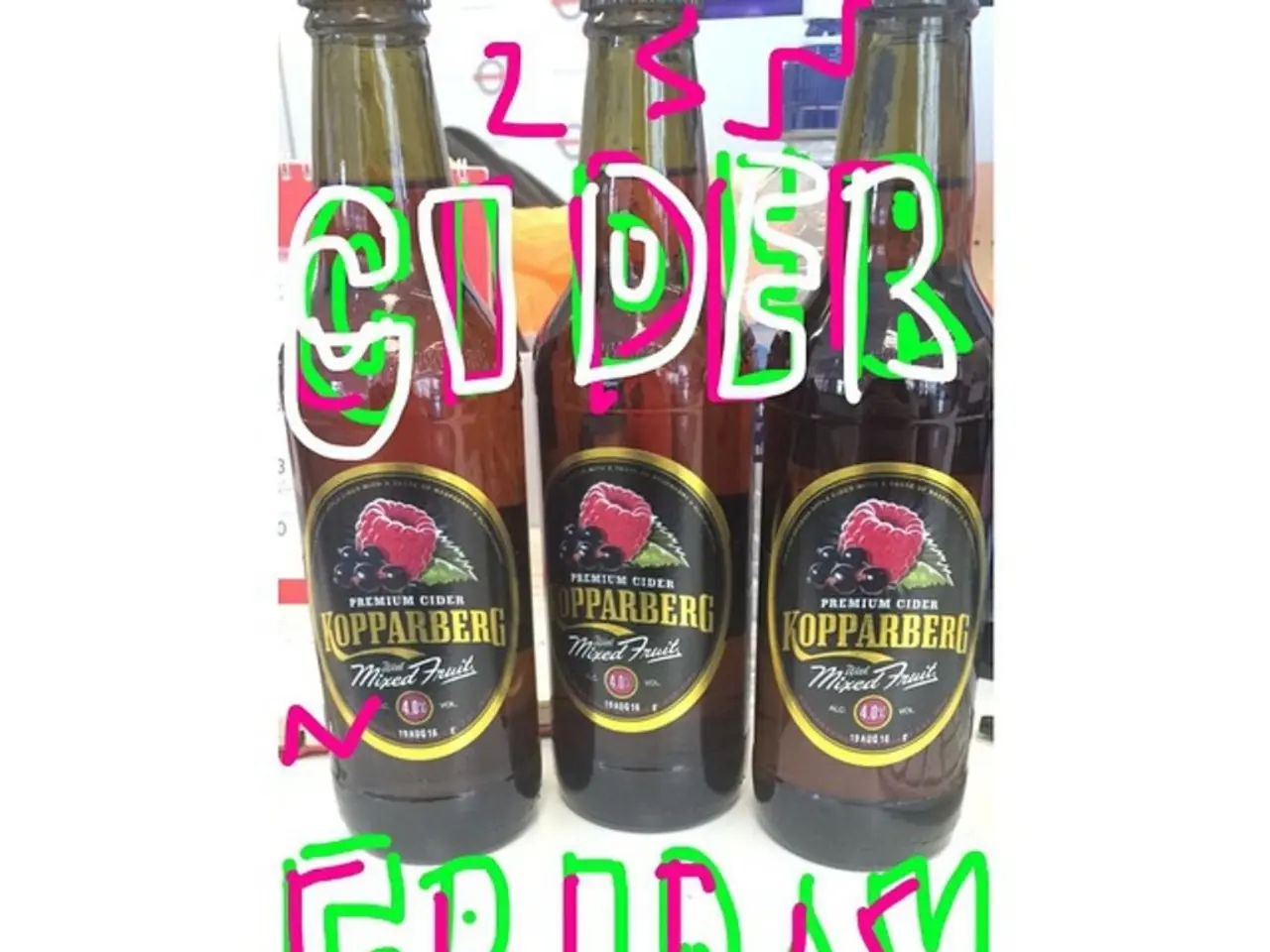Try these 25 reusable beauty items to minimize your spending on cosmetics
In the world of beauty and cosmetics, a new trend is emerging that combines sustainability, convenience, and consumer engagement – refillable products. This movement, gaining significant traction, is particularly noticeable in 2025, with 59% of French women aged 16 and over reportedly purchasing refillable items [1].
Refillable cosmetics are not just a passing fad but a response to growing consumer demand for reduced waste and carbon footprint. Brands like Jelly Co., River Organics, Biossance, and True Botanicals are leading this sustainable refillable beauty revolution [1][3][4].
Jelly Co., an Australian K-beauty brand, is making waves with its refillable skincare line, with nearly 40% of sales coming from refill formats. The brand's emphasis on convenient, lightweight, travel-friendly refill pouches appeals to eco-conscious consumers valuing portability and waste reduction [3].
River Organics, known for its zero-waste, vegan beauty innovations, aligns with trends toward clean, fruit-based cosmetics and zero-waste principles. Its 'Guava Lip Stain' uses natural pigments and eliminates harmful chemicals and excessive packaging [2].
Biossance, a luxury sustainable brand, uses biotech and plant-based ingredients like sugarcane-derived squalane. It combines carbon-neutral shipping, renewable energy, and FSC-certified packaging, appealing to eco-aware luxury consumers [4].
True Botanicals, a luxury skincare brand, emphasizes zero-compromise safety, sustainability, and carbon-neutral shipping. It uses glass over plastic packaging and partners with regenerative farms, focusing on whole-body wellness and environmental responsibility [4].
Key trends fueling this popularity include growing consumer demand for refillable packaging, the integration of loyalty and subscription programs, increasing focus on clean, natural, and organic formulations combined with sustainable packaging, and innovation in travel-friendly, lightweight refill formats [1][3][4].
Refillable beauty products are not limited to skincare. L'Occitane Almond Shower Oil offers a 500ml refill bottle for its popular shower product, while Aesop Resurrection Aromatique Hand Wash offers a pumpless refill option for its hand soap [5]. Makeup brands like Hourglass and Saie also offer refill options for their lipsticks and cream highlighters, saving money and reducing plastic waste [5].
Brands like Ouai and Isle of Paradise are also focusing on reducing plastic waste by offering their products in compostable pouches or refillable formats, using up to 81% less plastic [5].
However, it's important to note that not all refillable beauty products are easily recyclable. Nevertheless, emissions are saved in other ways, such as shipping and manufacturing [6]. Reducing carbon emissions is a focus for most global cosmetics players, with some, like Guerlain and Giorgio Armani, offering refill options for their perfumes [5].
In conclusion, refillable beauty products are becoming central to sustainability strategies in cosmetics, driven by consumer values around eco-consciousness and convenience. These pioneering brands are setting high standards in both mid-range and luxury markets, demonstrating that sustainability and performance can go hand in hand [1][3][4].
References:
[1] Euromonitor International (2021). Refillable Beauty: A New Era for Sustainability. [online] Available at: https://www.euromonitor.com/refillable-beauty-a-new-era-for-sustainability
[2] River Organics (2021). Our Story. [online] Available at: https://www.riverorganics.co.uk/pages/our-story
[3] Jelly Co. (2021). Our Story. [online] Available at: https://jelly-co.com/pages/our-story
[4] Biossance (2021). Our Story. [online] Available at: https://biossance.com/pages/our-story
[5] Refillable Beauty Products (2021). [online] Available at: https://www.refillablebeautyproducts.com/
[6] Refill Revolution (2021). Is Refilling Beauty Products Sustainable? [online] Available at: https://refillrevolution.org/is-refilling-beauty-products-sustainable/
- In the realm of fashion-and-beauty, the emphasis on sustainability has expanded beyond cosmetics to food-and-drink, with companies like L'Occitane and Aesop offering refillable options for their shower oils and hand washes respectively.
- Home-and-garden brands are also embracing the refill trend, as demonstrated by the introduction of refillable candles and cleaning products, as consumers seek out means to reduce their carbon footprint.
- As companies continue to prioritize sustainability, many are investing in innovative packaging solutions to cater to the growing demand for waste reduction, offering minimal or compostable packaging for their products, such as Ouai and Isle of Paradise.
- The refillable products movement goes further than just beauty and lifestyle, as it addresses the potential environmental impact of various industries, encouraging consumers to make eco-friendly choices in every aspect of their lives.




